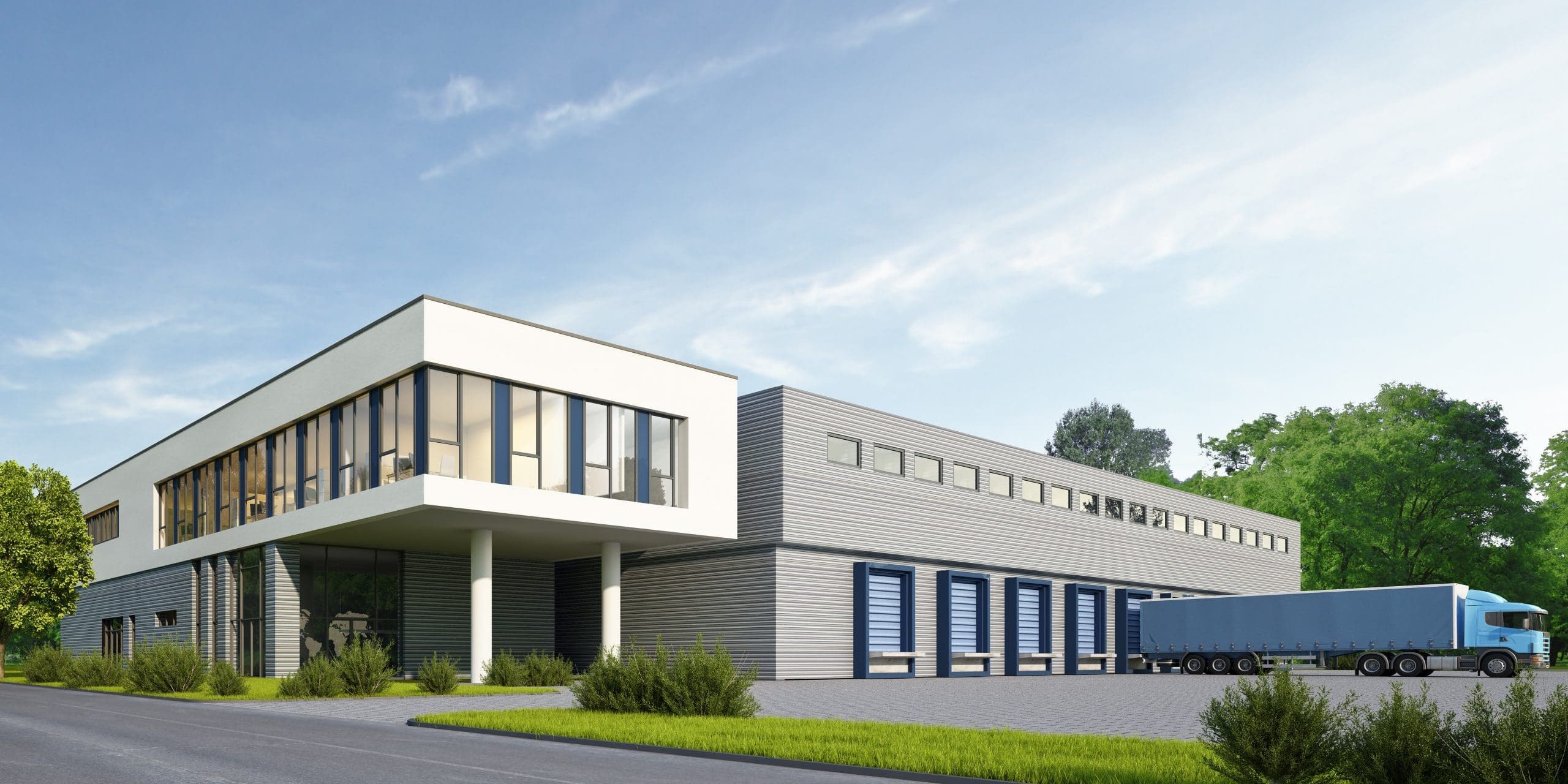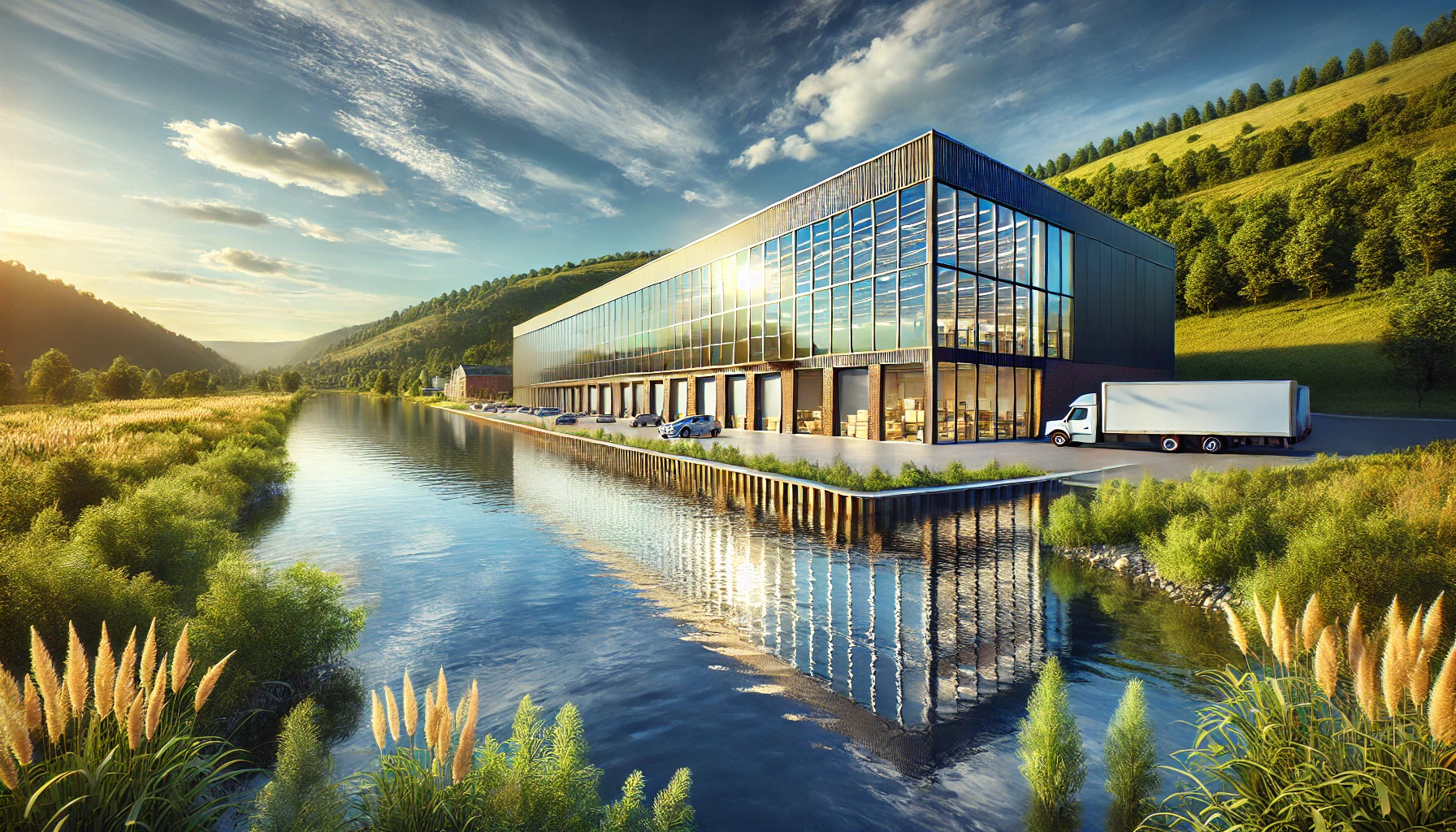Understanding Flex Properties
Picture this. Your growing e-commerce business needs professional office space for client meetings, but you also require warehouse facilities for inventory. Traditional real estate would force you to lease two separate properties. Enter flex space. The Swiss Army knife of commercial real estate.
Chad Griffiths, MBA, SIOR, one of our colleagues over at NAI Commercial Real Estate Inc., put together the above video on understanding industrial flex properties. After finishing this article and watching the video, you will have a better sense of what a flex space is and whether or not it would be useful for you in your business.
What Exactly Is Flex Space?
At its core, flex space is commercial real estate that refuses to be pigeonholed. These properties blend office, warehouse, and sometimes retail spaces into one cohesive facility. Think of it as the multigenerational home of the business world. Everyone gets what they need under one roof.
The beauty lies in the seamless integration. You might walk through a polished reception area, pass sleek conference rooms, and find yourself in a bustling warehouse or production facility. All within the same building. It's this chameleon-like quality that makes flex spaces increasingly attractive to modern businesses.
The Nuts and Bolts: What Makes Flex Space Work
Built for Versatility - The architecture tells the story. With ceiling heights typically soaring 14-16 feet (and sometimes reaching 25+ feet), these spaces can accommodate everything from server racks to storage shelving to manufacturing equipment. Wide-open floor plans mean today's yoga studio can become tomorrow's tech startup headquarters with minimal renovation.
Industrial Meets Professional - These aren't your grandfather's warehouses. Flex spaces feature:
- Loading docks and overhead doors for serious logistics operations
- Grade-level access for easy equipment movement
- Professional entrances that won't scare away clients
- Modern HVAC and lighting systems suitable for both office and industrial use
Location, Location, Flexibility - Unlike traditional warehouses relegated to industrial parks, flex spaces often sit in prime locations closer to urban centers. This means your delivery trucks can reach customers quickly while your sales team enjoys a reasonable commute.
Who's Using Flex Space? Everyone, It Seems
The tenant roster reads like a cross-section of the modern economy. Craft breweries love combining production facilities with trendy tasting rooms. E-commerce companies merge fulfillment centers with corporate offices. Auto dealerships unite showrooms with service bays. Even biotech startups find homes here, blending laboratories with administrative space.
This diversity isn't accidental. It reflects how businesses actually operate in the 21st century. Few companies fit neatly into "office" or "warehouse" categories anymore.
The Bottom Line: Why Businesses Are Making the Switch
Financial Sense - Consolidating operations under one roof typically costs less than maintaining separate facilities. You're dealing with one lease, one set of utilities, and one property manager. For growing businesses watching every dollar, this efficiency is golden.
Room to Grow - Perhaps the biggest advantage is adaptability. As your business evolves, your space can evolve with it. Need more warehouse space and less office? Reconfigure. Expanding your showroom? The modular design makes it possible. This flexibility is particularly valuable for businesses in growth mode or those navigating uncertain markets.
Operational Efficiency - When your team, inventory, and equipment share the same address, coordination becomes infinitely easier. No more shuttling between locations or managing multiple facility schedules. Everything happens under one roof.
The Reality Check: Considerations and Limitations
Flex space isn't a magic bullet. These properties work best for businesses that genuinely need multiple space types. If you're running a traditional law firm or a pure distribution center, specialized facilities might serve you better. Additionally, while flex spaces offer versatility, they may not provide the deep specialization some industries require—think clean rooms for semiconductor manufacturing or reinforced floors for heavy machinery.
Looking Ahead
As business models continue to blur traditional boundaries, flex space represents more than just a real estate trend. It's a response to how modern companies function in the real world. The pandemic accelerated this shift, with businesses seeking adaptable spaces that could pivot as quickly as their operations.
For entrepreneurs, growing companies, and established businesses rethinking their real estate strategy, flex space offers a compelling proposition: Why choose between office and warehouse when you can have both? In an era where adaptability equals survival, these versatile properties provide the physical flexibility businesses need to thrive.
Whether you're launching your first business or reconsidering your company's footprint, flex space deserves a place in the conversation. It's not just about square footage, it's about creating environments that work as hard and as smart as the businesses they house.





